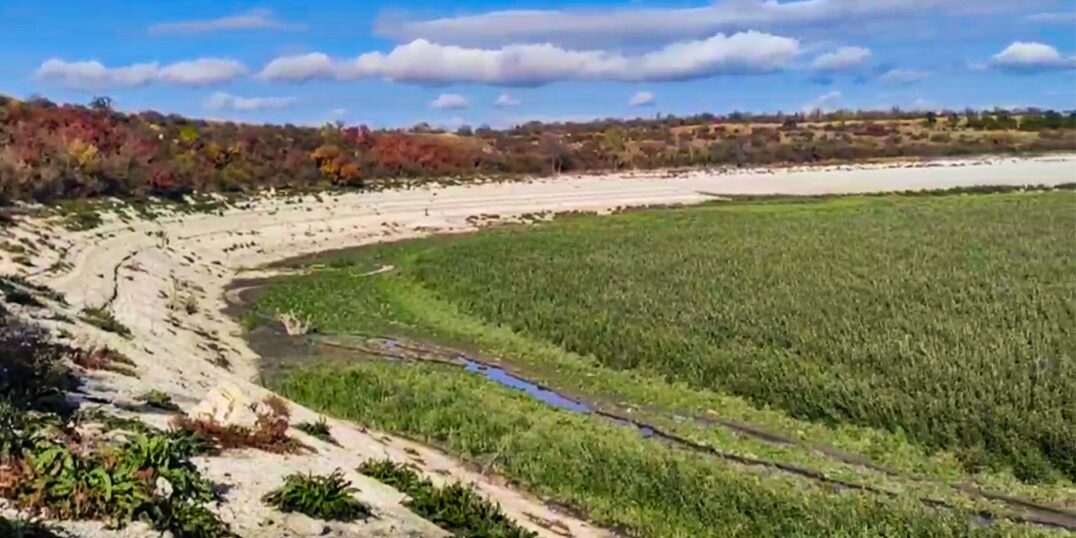Our scientists have been continuously monitoring the bottom of the Kakhovka Reservoir, a project they initiated immediately after the dam breach.
On June 10th, we established study plots on the reservoir floor to investigate the succession processes. We collected soil samples and observed plant species in their seedling stage. It has been 3.5 months since then, and we have embarked on another expedition. So, what are our conclusions?
Essentially, native vegetation is beginning to take shape in the drained reservoir area. In these habitats, we have documented over 65 different plant species. You can also see the formation of a young riparian willow forest in the video. In areas where turtles are present, we observe the development of coastal shell biotopes with sparse vegetation. There are no saline areas; the entire territory is covered with vegetation. However, the density of this vegetation varies; it is denser on the mudflats, whereas in the shell forest areas, the growth is slower.
Our scientists are continuing their study on how the vegetation is recovering and will continue to recover in this area. Nevertheless, we can already confirm that there will be no desertification or a significant invasion of aggressive invasive plants here. Furthermore, the habitats protected by the Berne Convention are already in the process of restoration.
Our scientific research is expected to be published in 2024.

